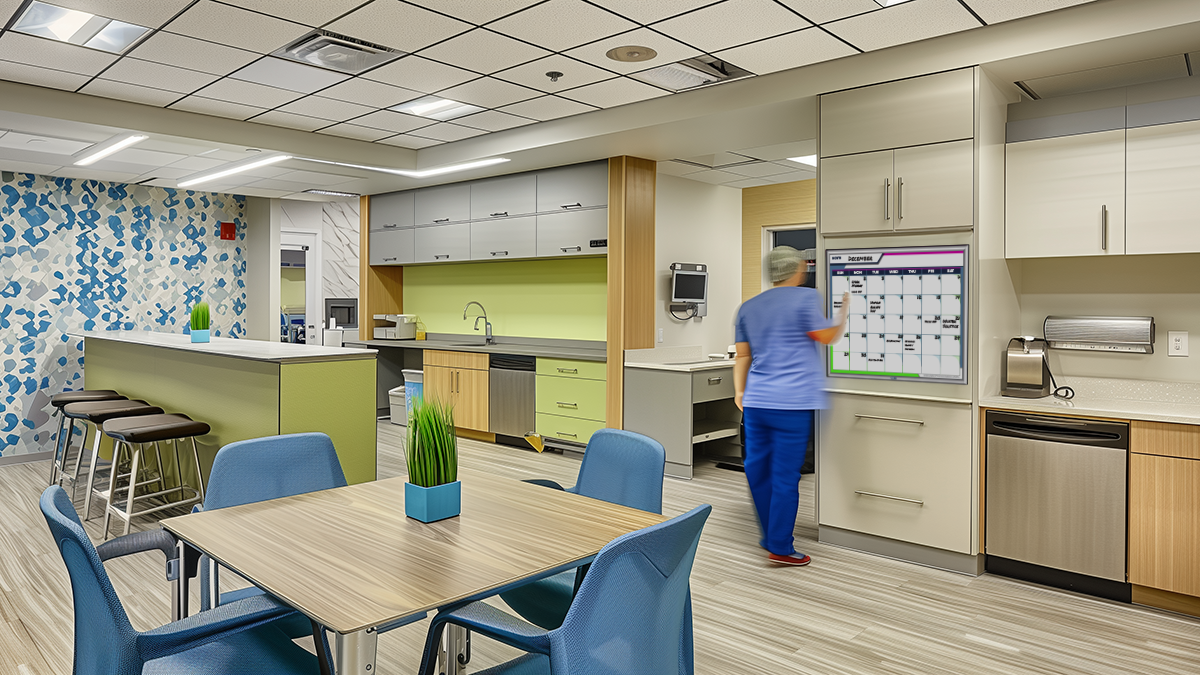The importance of personalized communication strategies in healthcare highlights how custom dry erase boards can improve clarity and align care objectives for both staff and patients. By prioritizing individualized communication, healthcare providers can enhance patient satisfaction, outcomes, and foster a culture of trust within their practices.
The Whole Patient Rooms Communication Package offers a blend of high-tech and low-tech communication tools to enhance patient care in healthcare facilities. By integrating custom whiteboards and reliable markers, the package fosters effective communication and teamwork among healthcare professionals, ultimately improving patient outcomes and facility collaboration.
Custom dry erase boards enhance healthcare settings by implementing the Writing Line method, which promotes organization and efficiency. This structured approach improves patient care, facilitates communication, and eases stress for healthcare professionals. Embracing these tools can transform chaotic environments into orderly, efficient spaces, elevating the overall standard of care.
Custom printed healthcare whiteboards are vital for improving communication and organization in healthcare environments. They enhance efficiency, reduce errors, and elevate patient care standards. By integrating these tools, healthcare facilities can transform their operations, ultimately benefiting professionals and patients alike and promoting a safer, more effective care experience.
Plexi Boards significantly enhance healthcare communication and organization by providing clear, visual tools that streamline information sharing among medical staff. This improved communication not only aids in better coordination of patient care but also contributes to overall efficiency within healthcare settings. By utilizing Plexi Boards, healthcare providers can ensure that crucial information is easily accessible, leading to improved patient outcomes and a more effective healthcare environment.
VisiCare™ Decal Boards transform smooth surfaces into functional dry-erase boards, enhancing communication and efficiency in healthcare settings. They are easy to install, customizable, and durable, making them ideal for updating patient information, managing schedules, and facilitating team discussions. These boards improve workflow, patient engagement, and overall care quality.
Patient care accessibility ensures that healthcare services are available and easy to use for all, vital for promoting equity, engagement, and health outcomes. Custom-designed patient boards improve accessibility by fostering better communication. Overcoming barriers like language and cognitive limitations requires innovative tools and practices. Enhanced accessibility significantly boosts patients’ quality of life.
The content emphasizes the growing importance of patient engagement in healthcare, highlighting its role in improving patient satisfaction and health outcomes. Effective strategies, such as enhanced communication through whiteboards, empathy, shared decision-making, and leveraging patient feedback, are discussed. Overcoming challenges and future trends in personalized healthcare experiences are also explored, demonstrating the significant impact of patient involvement.
The start of a new week is essential for healthcare professionals. Using Dry-Erase Whiteboard Systems can significantly improve organization, time management, and communication. These whiteboards help track patient information, staff schedules, and daily tasks, ensuring efficiency. Various types, including hospital room and staff calendars, offer tailored solutions for different needs.
This guide emphasizes the importance of organization in healthcare settings, detailing its benefits such as reduced stress, improved efficiency, and enhanced patient care. It offers practical tips on time management, decluttering, and space optimization. The guide also highlights tools like plexi boards, glass boards, dry erase calendars, and custom-designed boards to create a more efficient, organized nursing environment.











